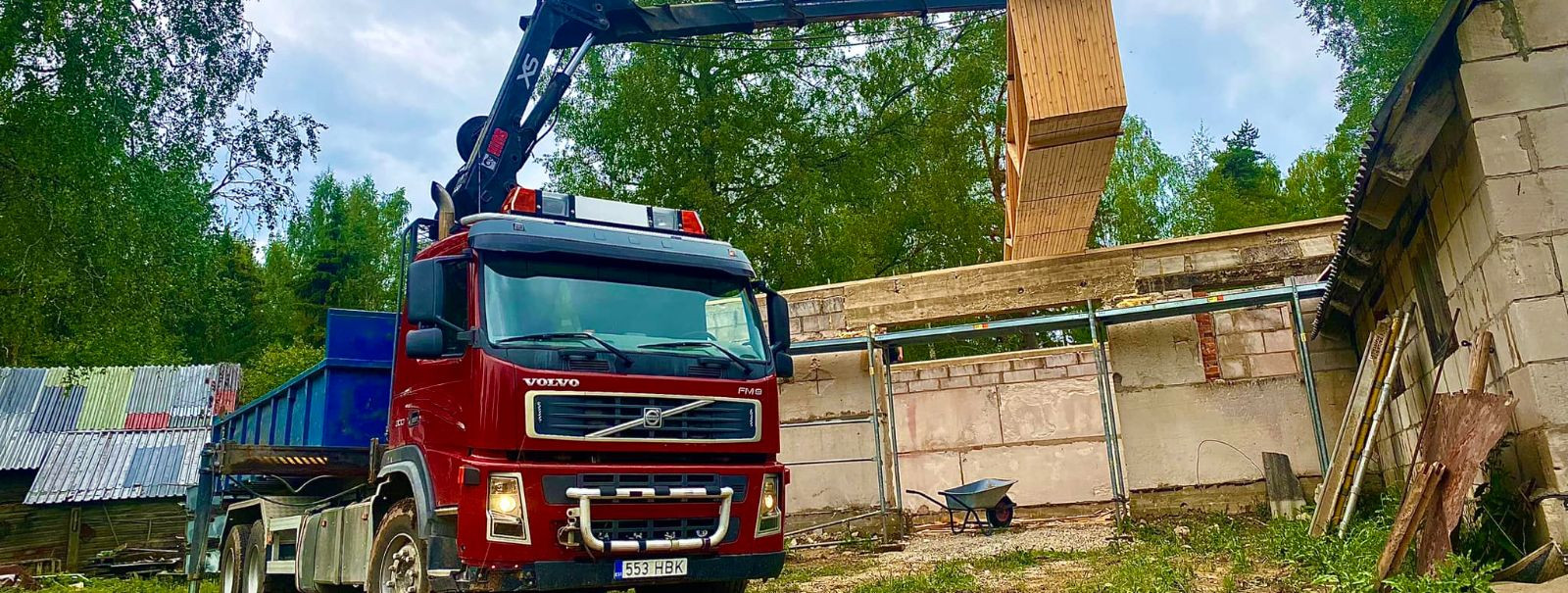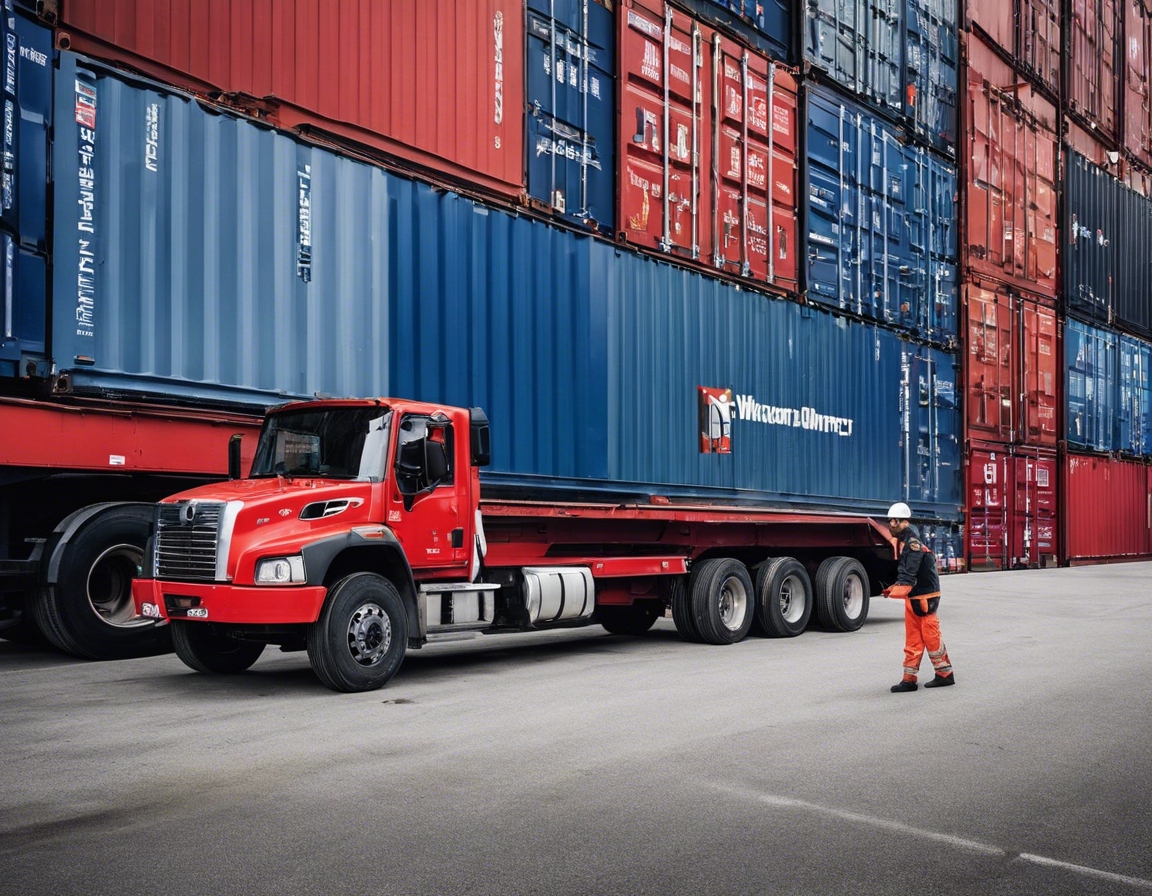Maximizing safety in lifting operations: best practices
Lifting operations are integral to the construction, manufacturing, and logistics industries. They involve moving heavy loads, often at height, which presents significant safety risks. Ensuring the safety of workers and the integrity of the load is paramount to prevent accidents and costly delays.
Lifting operations can pose risks such as equipment failure, load drops, and accidents that result in injury or even fatality. Recognizing these risks is the first step towards mitigating them.
Comprehensive Safety Planning
Every lifting operation starts with a thorough assessment of the load, environment, and the task at hand. This includes evaluating the weight, dimensions, and center of gravity of the load, as well as the conditions of the lifting site.
Selecting the right equipment is crucial. This involves choosing cranes, hoists, and other devices that are capable of handling the load safely and efficiently.
A detailed lifting plan should outline every aspect of the operation, including the equipment used, the sequence of events, and the roles of each team member.
Operational Best Practices
Operators must be properly trained and certified to handle the equipment they are using. This training should cover operational procedures, safety protocols, and emergency response.
Before any lifting operation, a series of safety checks should be performed to ensure that all equipment is in good working order and that the environment is safe for the operation.
Clear communication is essential during lifting operations. This includes using hand signals, radios, and other communication tools to coordinate actions and respond to any issues that arise.
Maintenance and Inspection of Equipment
Adhering to a regular maintenance schedule helps to ensure that lifting equipment remains in optimal condition, reducing the risk of failure.
Inspection checklists are a vital tool for ensuring that all components of the lifting equipment are checked regularly for signs of wear or damage.
Emergency Preparedness and Response
Having a set of emergency procedures in place is critical for responding effectively to any incidents that occur during lifting operations.
Regular drills and training sessions help to prepare the lifting team for potential emergency situations, ensuring that they know how to act quickly and safely.
Adhering to Legal and Regulatory Standards
It is essential to be aware of and comply with local regulations regarding lifting operations to ensure legal compliance and worker safety.
Industry standards provide guidelines for best practices in lifting operations. Adhering to these standards helps to maintain a high level of safety and efficiency.






Comments (0)